If you are new to online trading, you would have stumbled upon the term Gap trading and got perplexed. Fret not. In this article, let us try to understand what gap trading is and how does the gap up and gap down strategy work?
What is Gap Trading?
Traders can utilize the gaps between starting and closing prices on a trading chart to build an effective trading strategy if turbulent movements occur. This is known as gap trading.
Gap analysis necessitates confirmation, which is only accessible after the price change. Gaps include the common, breakaway, continuation, and exhaustion gaps. Still, none of these gaps is entirely evident from a judgment standpoint until the price impact on these stocks is visible.
Gaps are an essential part of technical analysis because they highlight the start of a trend, the end, or the continuation of a trend. In any case, this is a vital factor to consider when making a trading choice.
Deep drops or high ceilings are examples of gaps that must be filled. The term “gap” refers to an area without support or resistance. When a stock begins to fill a gap, it will continue, and you must adjust your approach appropriately.
📌 Also Read: What is Open High Low – How to Trade with Open High Open Low?
Types of Gaps in Trading
There are two types of gapping in the stock market:
Partial Gap
Partial gaping occurs when a stock’s opening price is higher or lower than the previous day’s closing but still within the range.
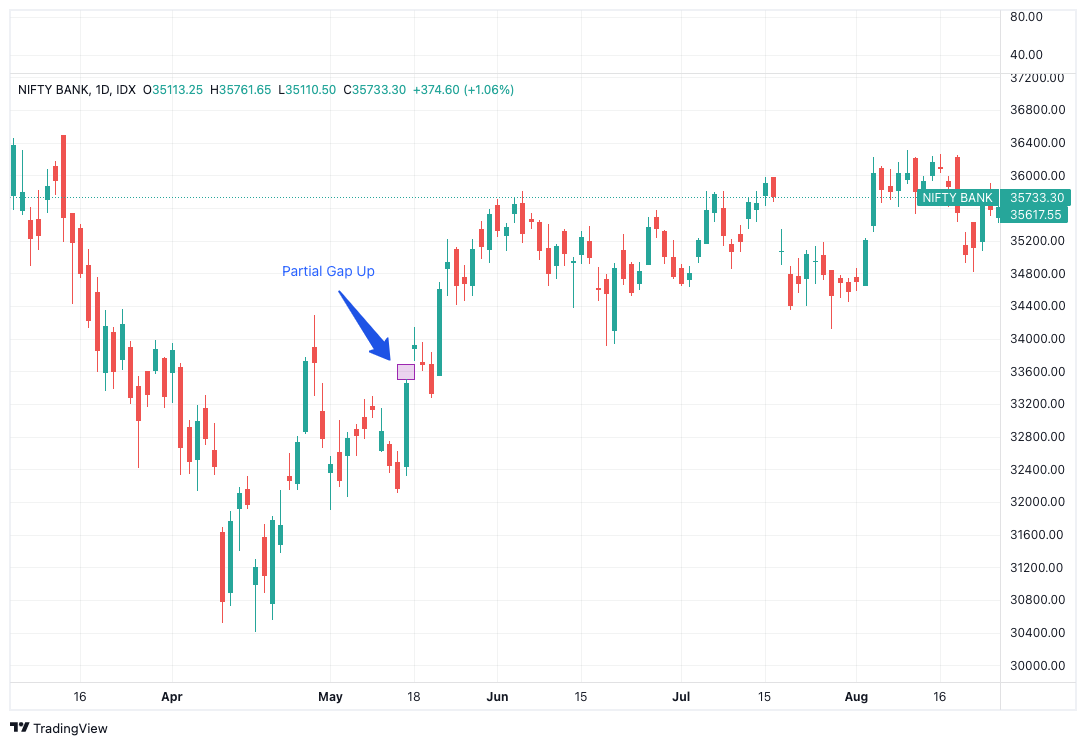
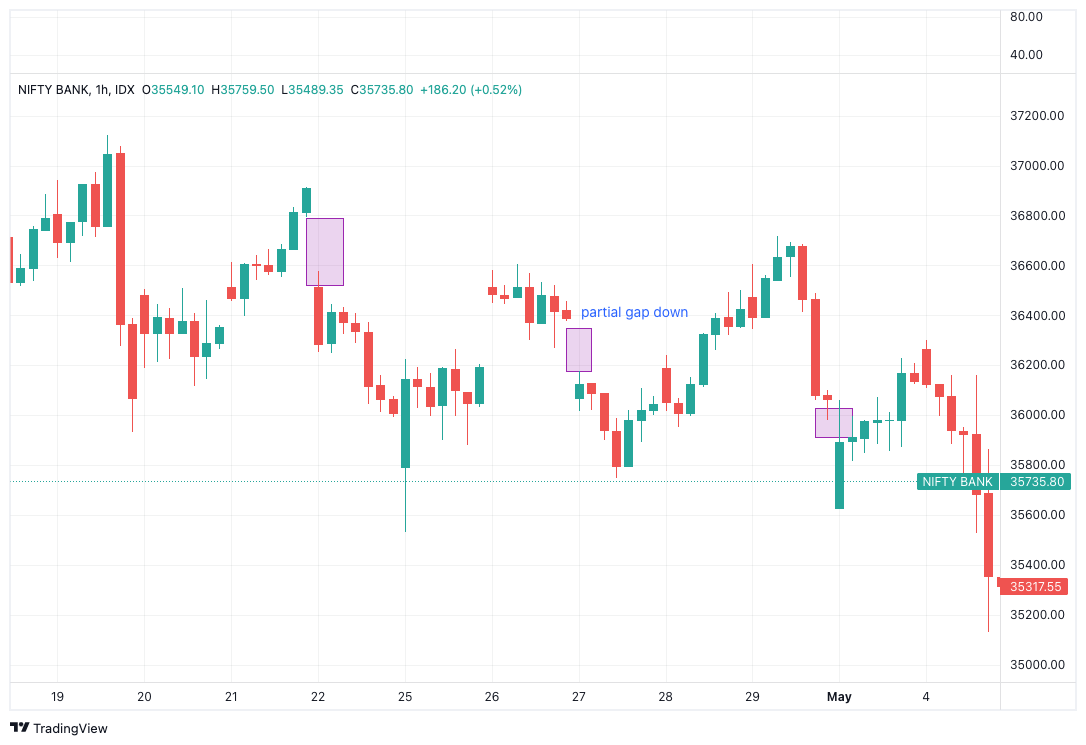
Wide Gap
Wide gaping occurs when the stock’s opening price is outside the range. A wide gap indicates that the market was highly volatile overnight and that the market sentiment for this stock has shifted.
Overnight, a stock’s price is pushed beyond support and resistance levels due to a supply and demand imbalance, resulting in gaps in the chart. This void is occasionally filled back to its previous size.
This might imply that the price surge was misread or that investors examined the earnings report more closely and identified flaws. This may prompt them to sell their holdings, restoring the value of the stock to its previous level.
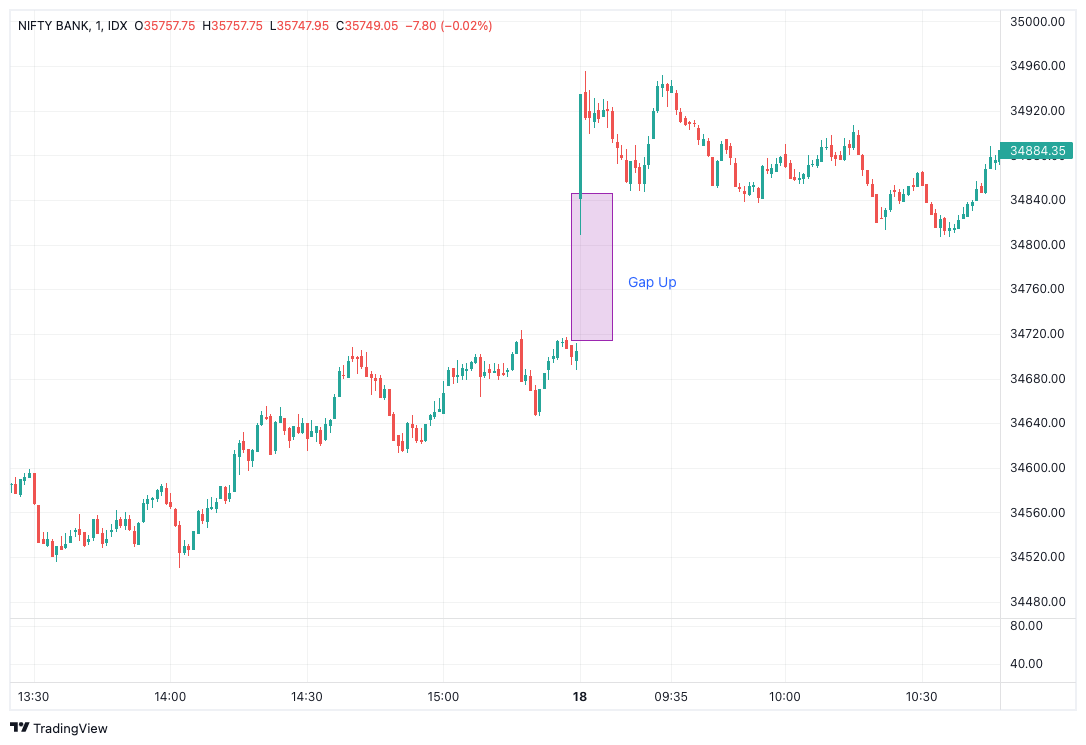
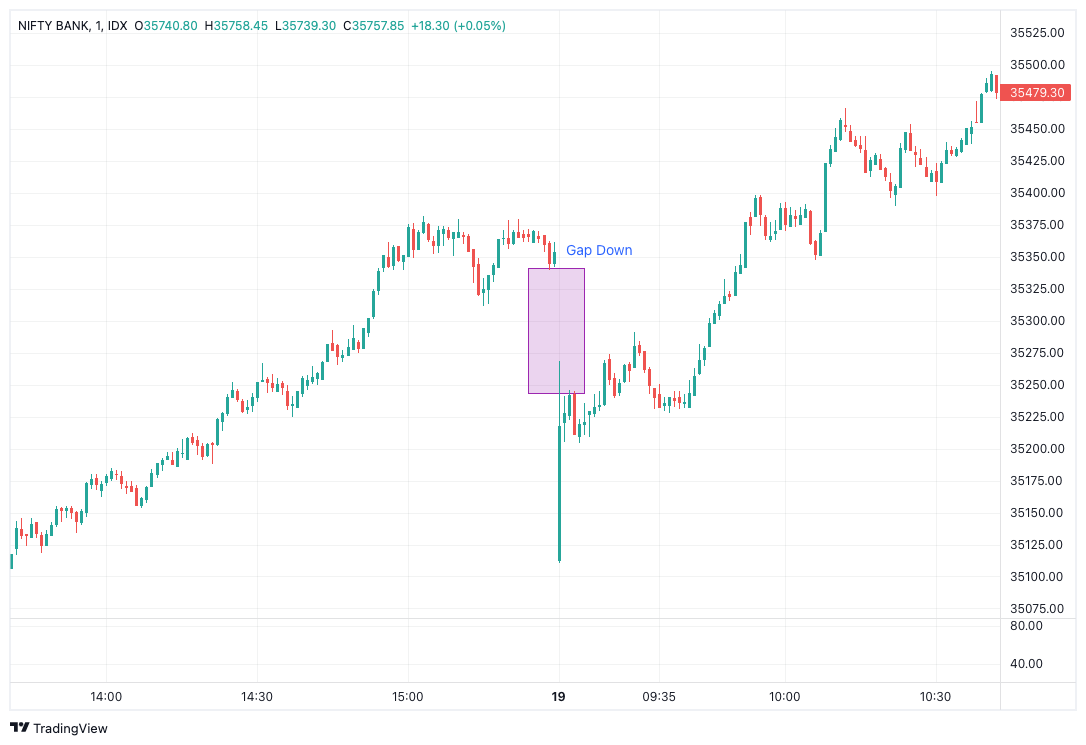
Gap Up and Gap Down Strategy
Gaps ups and gap downs are always calculated using the price levels of two consecutive days. Full gap ups and full gap downs are crucial from a decision-making standpoint.
When the next day’s beginning price is higher than the previous day’s high price, this is a wide gap.
It is called a full gap-down when the stock’s starting price is lower than the last day’s low price.
A partial gap-up happens when the starting price is higher than the previous day’s closing but not higher than the last day’s high. On the gap-down front, today’s price is lower than yesterday’s closing price but not lower than yesterday’s low.
Gap up and gap down analyses and their interpretation and application to actual stock market trading revolve around these four gaps.
How to Trade Gaps?
While trading online, it is useful to prioritize trades when fundamental or technical factors tend towards a gap on the next trading day. If you find high-volume resistance keeping a gap from being filled, double-check your trade’s premise and consider not trading it if you are not sure it is correct.
To Sum Up
Gap trading is actually quite simple or, at least, not as complex as it is thought to be. Trading short term is all about making small profits consistently. That is exactly what gap trading can help you do!
📌 You can also read:
- What is BTST Trading – Meaning, Advantages & Shortcomings
- What Is Algo-Trading And How Useful Is It for Day Traders?
- How to Trade Effectively by Trading Directly from Charts?
Happy Trading 📈
Disclaimer: This blog is not to be construed as investment advice. Trading and investing in the securities market carries risk. Please do your own due diligence or consult a trained financial professional before investing.
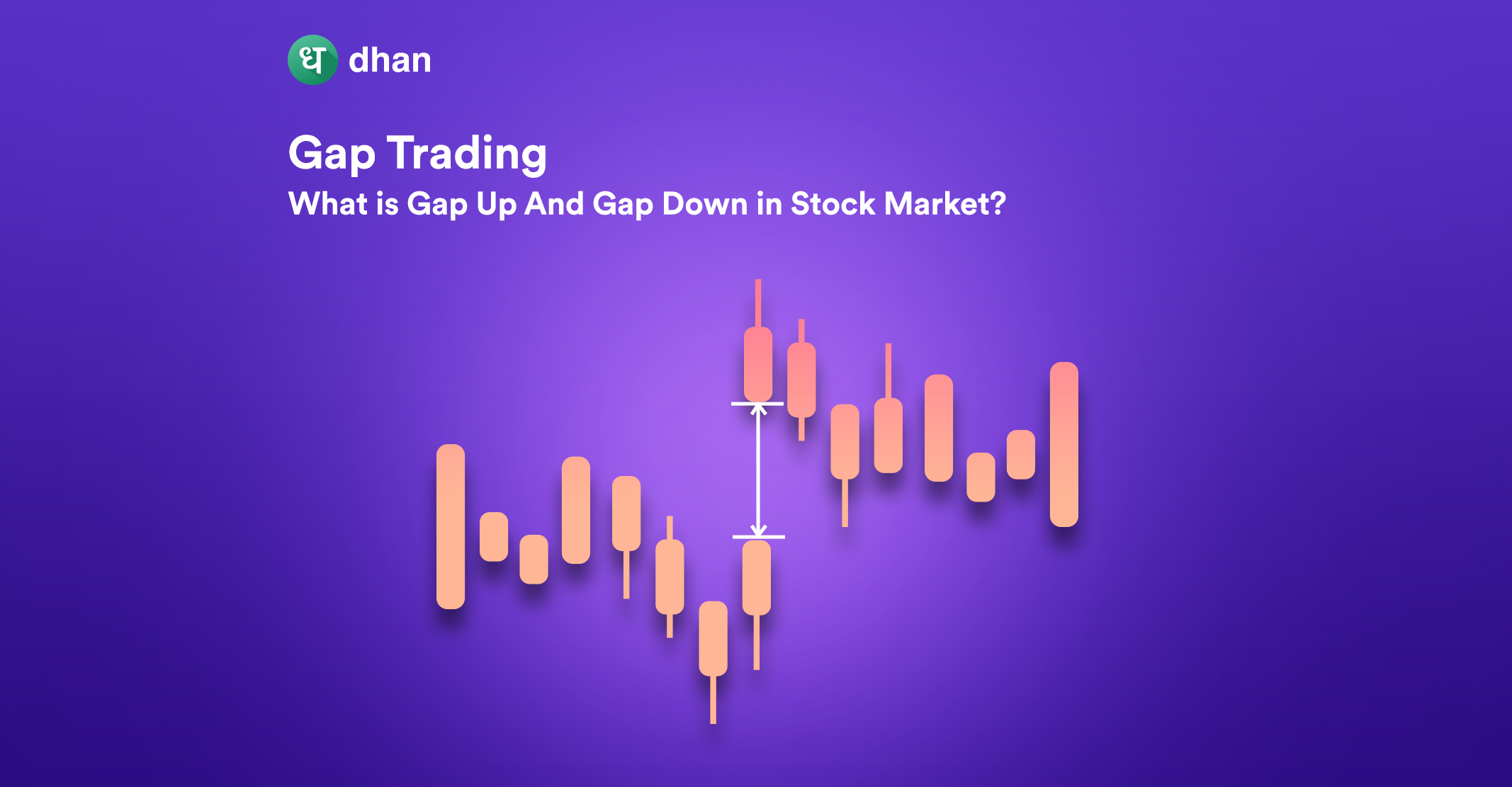



Comments are closed.